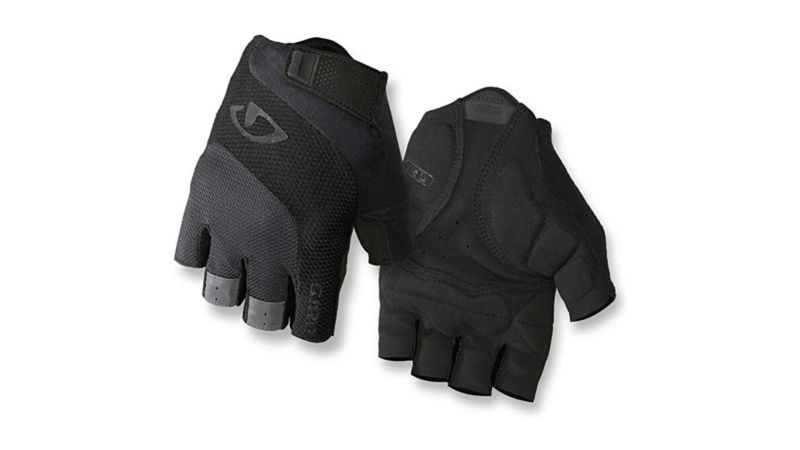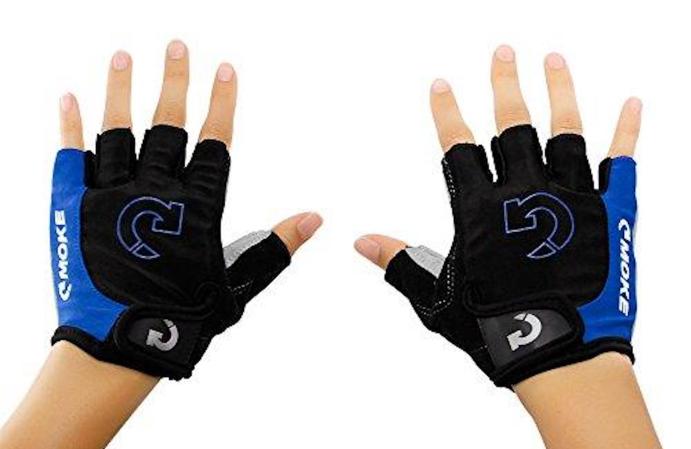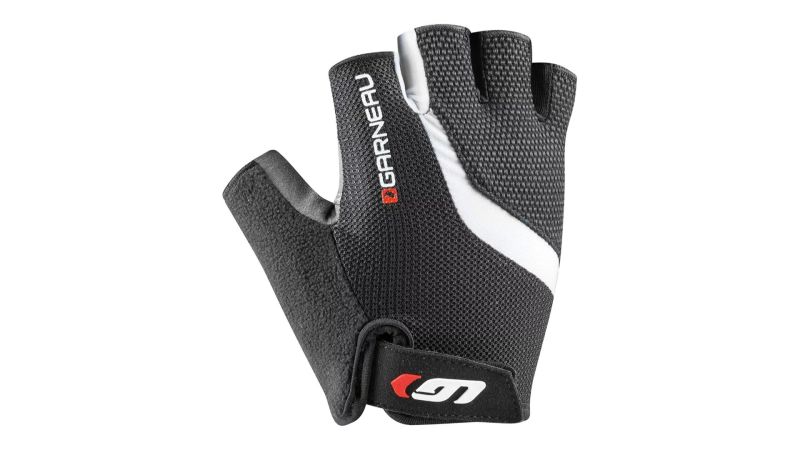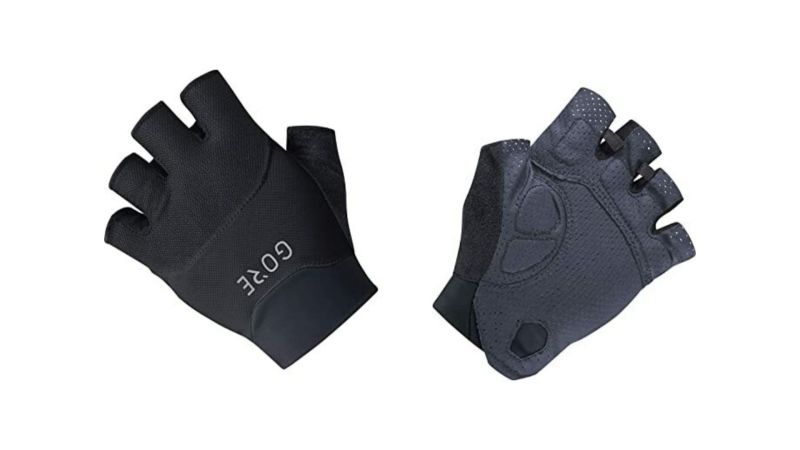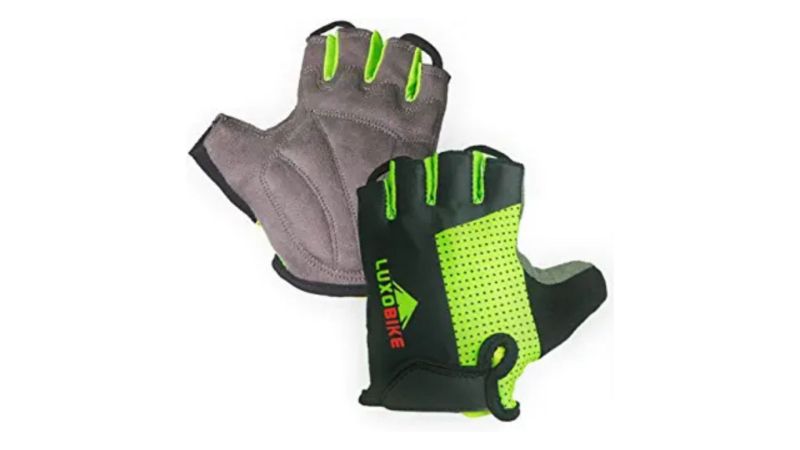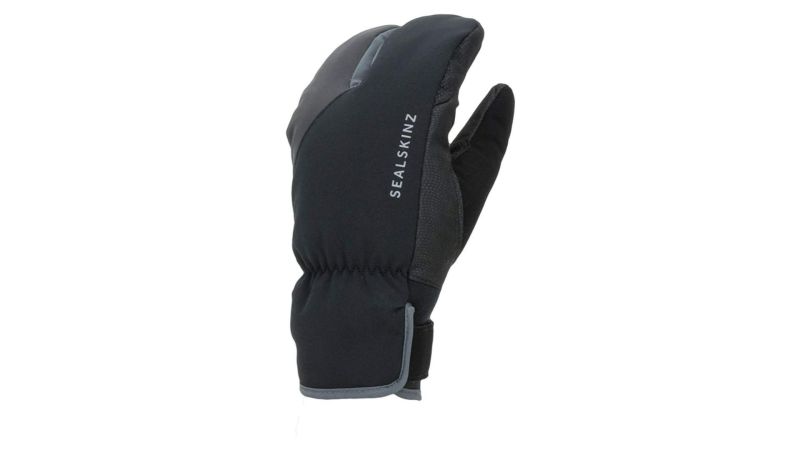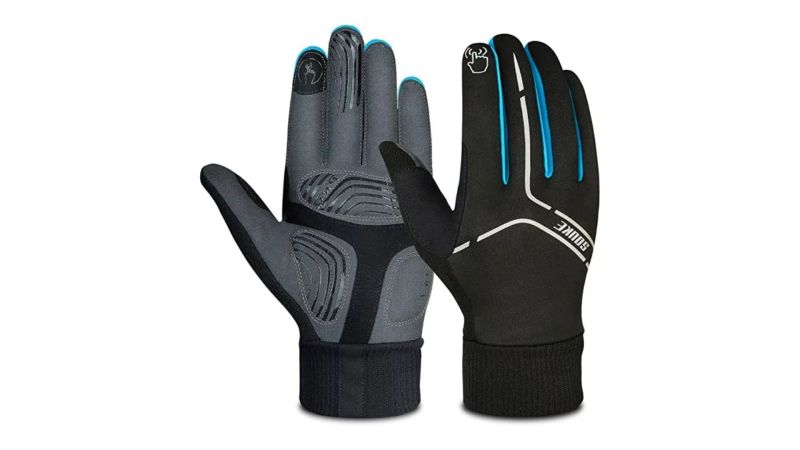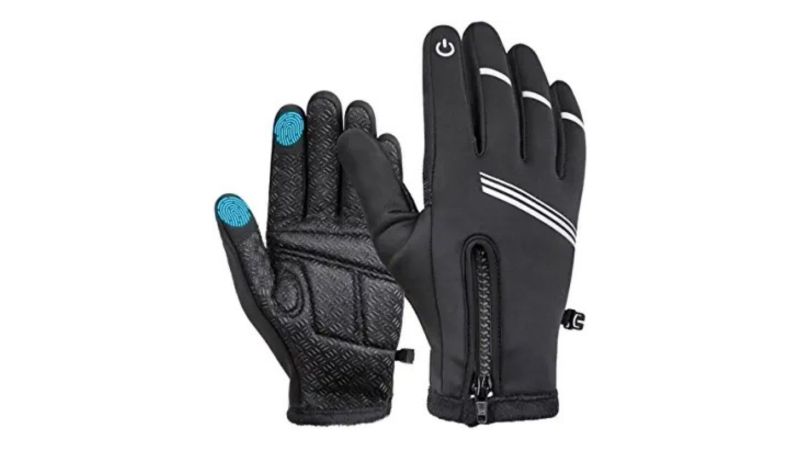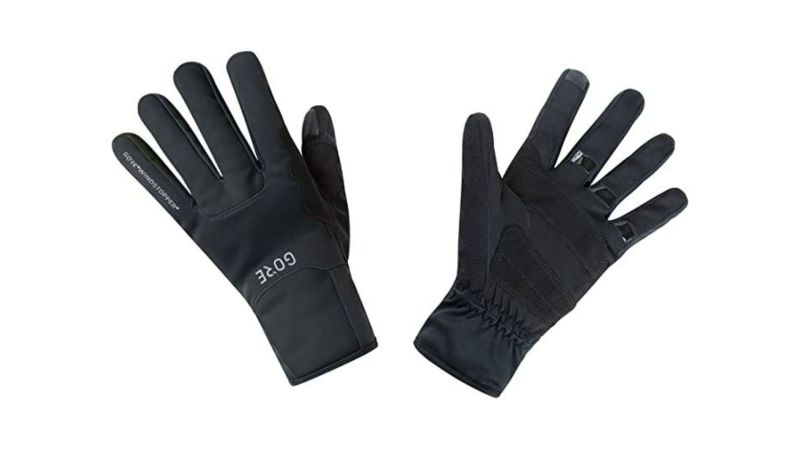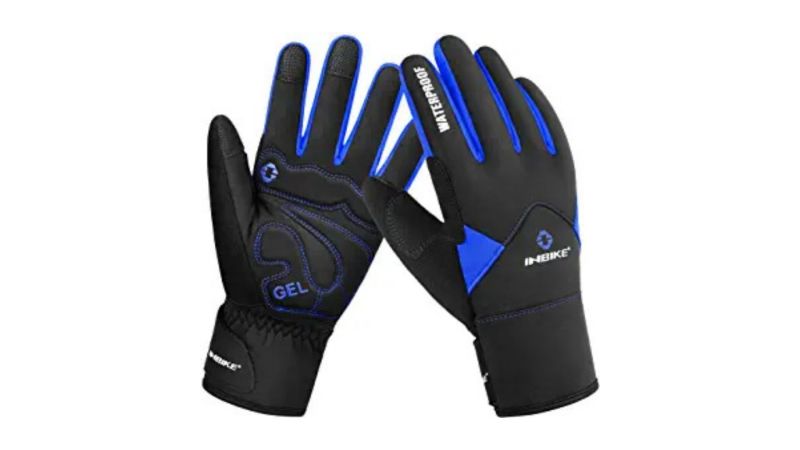We may earn revenue from the products available on this page and participate in affiliate programs.
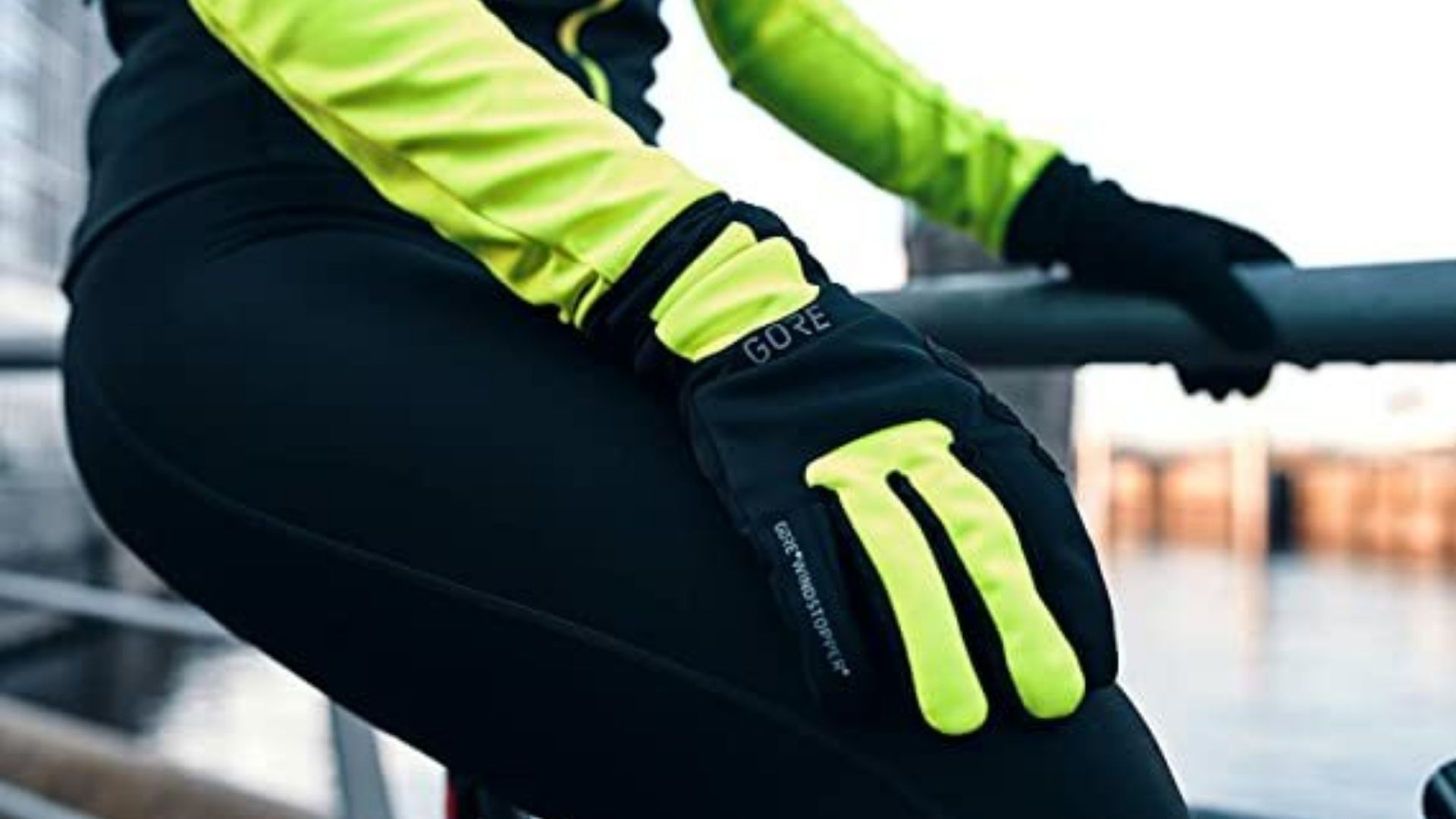
When I first started cycling about 10 years ago, I never thought about whether there was such a thing as the best cycling gloves. I put no thought into them other than whether they looked cool and if they fit well enough for me to grip the handlebars of my mountain bike. This was fine for short rides, but the longer I rode, the more I noticed my arms were sore and sometimes numb.
Years later, when I took up road riding, I still didn’t put too much thought into gloves — at least, not until I noticed numbness again creeping in as I added miles to my rides. Then, on one birthday, my wife bought me a new pair of gloves, and like magic, the numbness vanished. It turns out that the answer to the question “how different can gloves be?” is “very.”
If you’re new to cycling, or like I was and never really thought about it because all you wanted to do was ride, you might wonder how to choose the best cycling gloves. Don’t worry: What follows are some of the best cycling gloves we could find, and we’ll tell you why.
A quick note: Like running shoes, what fits well for one person might not fit another so well. Plus, you may intend to spend all your cycling time in the mud or maybe ride in the winter (you maniac). That’s why we’re sharing with you the best gloves we could find for different types of cycling. Whatever your niche, we’ve got you covered.
Best Overall
Giro Bravo Gel Road Cycling Gloves
Best Value
Gearonic Shockproof Cycling Gloves
Editor’s Choice
Garneau Biogel RX-V
Best Unisex
GORE WEAR C5 Unisex Gloves
Best Lightweight
LuxoBike Cycling Gloves
Best Padded Lobster Gloves
SEALSKINZ Unisex Waterproof Extreme Cold Weather Split Finger Glove
Best for 50-Degree Days
Souke Sports Winter Cycling Gloves
Best for Road Cycling on Dry, Cold Days
HIKENTURE Winter Cycling Gloves
Best Winter Cycling Gloves for High-Intensity Road Rides
GORE Bike Wear GWS Unisex Thermo Gloves
Best Warmth Per Dollar
INBIKE Winter Cold Weather Thermal Windproof Gel Bike Gloves
Why you should trust us
We here at Task & Purpose are an eclectic lot, sharing a wide swath of experience with all sorts of outdoor activities, hobbies, and adventures. We pool that experience to provide the most useful tips and guides to you so you can make good buying decisions. As for me, I started mountain bike riding shortly after leaving the Air Force over 10 years ago. I’ve been able to ride the trails in parks and mountains in Georgia, Alabama, and Ohio. Over the past few years, I’ve started logging a lot of miles on the road as I try to keep up with my cyclist wife, and the last two years I’ve tried my hand competing in the Air Force Marathon Blue Streak Time Trials (which, I may add, I have not yet finished dead last in. No further questions).
Types of cycling gloves
In order to pick the best gloves, you need to think about what kind of cycling you intend to do. Are you going to spend most of your time on paved roads and bike paths? Then half-finger gloves are for you. Are dirt trails winding through hills and mountains more your thing? Half-finger gloves work fine, but consider full-finger protection. Will you be mainly riding in warmer temperatures, or are you a fanatic who plans to power your way over snow and through cold weather? Dude, you rock. But you’ll need something insulated on your mitts. Once you’ve figured out how you plan to spend your cycling time, you can better determine the type of gloves you need.
Half-finger/fingerless
These are your warm-weather gloves. They look very much like weight-lifting gloves, with fingers that stop short of the knuckle. The primary purpose of gloves is to protect your hands from abrasions in case of a wreck, so they tend to be made of durable fabrics. However, since these gloves are worn in the spring and summer, they’re also usually made to breathe and wick away moisture. The idea is to provide maximum comfort and protection without interfering with hand/finger articulation, so you can comfortably adjust your gears and brakes.
Full-finger
As the name plainly states, these are like traditional gloves with the hands completely covered. They can look like their half-finger versions, with tight-fitting spandex-like materials, or they can be a little bulkier. Full-finger gloves are great for mountain bike/dirt bike trail riding, as they tend to be more heavy-duty and capable of handling the inevitable spills you’ll experience as you hurtle around bends and tricky trails. They’re also used for colder weather riding, of course. The heavier/more insulated the gloves are, the more clunky they feel on the fingers, but you get used to them quickly when cold winds pick up.
Lobster gloves
Lobster gloves deserve some attention on their own. Intended for those who just don’t want to stop riding when it’s freezing outside, these are designed to function like mittens while also allowing for some hand articulation to adjust your gears and work your brakes. The split-finger design keeps two fingers together within an insulated interior to maximize warmth, but also allows you to manipulate your gears and brakes while safely holding onto your handlebars. They may take a little getting used to, but if you’re ready to ride in the cold, you’ve shown you’re ready to take on anything.
Key features of cycling gloves
Upper
This covers the back of your hand and is woven into the palm. The upper glove is typically made of stretchable, synthetic fabrics that help the glove fit snugly. Most gloves today use breathable materials to help keep your hands cool and to wick away moisture and sweat.
Palm
The palm of the glove is made of more durable materials, like suede or nylon. If you wind up in a wreck, there’s a good chance this is where your hands will meet the pavement, so gloves are thicker here. Since the thick material is hard to breathe through, palm material is often perforated to allow for some air circulation. Pay particular attention to how this fits when you try on gloves because an excess of material in the palm can bunch up in the middle of your hand when riding. This makes for a very uncomfortable ride. Well-fitting gloves will conform closely with the shape of your hand all over.
Padding
Gel or foam padding is distributed through or sewn into the palm. There are a number of styles, patterns, and amounts of thickness, but generally, the padding is intended to both absorb vibration and impact and to assist with grip. The shape of your hand can have a big impact on the effectiveness of padding, so be sure to get a feel for how the gloves feel on your handlebars. If the pads don’t feel like they align naturally on your palms, then that brand of glove may not be effective for you.
Benefits of cycling gloves
Protection from injury
This is the most important job for your gloves. Even the most skillful and careful cyclist will fall over at some point, and your gloves are there to protect your hands from abrasions. “Road rash” is bad enough no matter where you get it, but try working with skinned-up hands.
Secure grip
Cycling is a sweaty business, and the last thing you need while trying to keep track of all the variables surrounding you as you hurtle along a busy road or bike path is the possibility of your hands slipping and you losing control of your bike. Gloves put a barrier between your sweaty hands and the bike, and help keep you in control.
Vibration absorption
Vibration and impact absorption are very important features of your gloves that you come to appreciate if you’ve ever experienced numbness or soreness while cycling. Good gloves go a long way to help mitigate these issues. Be aware that some gloves are purposefully light and have minimal padding. These won’t help with vibrations as much as padded gloves.
Warmth
Strangely, most cycling gloves aren’t concerned with keeping hands warm as they are with cooling and keeping them dry. However, cold weather gloves are tasked with the mission of keeping your hands warm and dry, which is no small feat when you’re sweating. Look for gloves that are both insulated and can wick away moisture.
Pricing considerations for cycling globes
Inexpensive ($10-$15)
The great thing about warm-weather cycling gloves is that, while there are high-priced premium style gloves, there are tons of high-quality brands that won’t break the bank. If you’re new to cycling and trying to minimize costs, $15 will get you a pair of gloves with a comfortable fit and decent padding. The Gearonic Shockproof and LuxoBike gloves listed above are great examples of these.
Mid-Range ($20-$30)
As you scale higher, from $20 to $30, the quality improvements you see are most often in durability, i.e. the pads last longer, the threading stays intact, and the upper material retains its elasticity. The padding will also be more advanced materials like gel that retain shape longer than lower-value foam pads. This price point is also where you start to find your insulated gloves that are more suited to cold weather riding.
Premium (over $50)
High-end brands offer great quality but are of questionable utility for folks who aren’t riding 3,000 miles per year or competing professionally. Gloves priced in this range tend to be full-finger specialty gloves designed with advanced materials (e.g., waterproof) for winter riding. With these, you’re paying for thicker materials and insulation, which can bring up the price pretty quickly. You can still find quality gloves in the mid-$20 range, but you’ll also find gloves over $50 that may be worth your attention if you plan on cycling in very cold temperatures.
How we chose our top picks
As always, we use a mix of personal experience, product testing, analysis of buyer feedback, and a wide array of expert opinions. Like shoes, glove preference isn’t an exact science, as body shape and personal preferences vary considerably between cyclists. So we focused on how well gloves were able to perform the essential functions of a cycling glove for each given category. For those we couldn’t personally test, we compared product page data and seller pages (e.g., Amazon, RRI, Dicks Sporting Goods), and then reviewed user-verified buyer reviews.
FAQs on cycling gloves
You’ve got questions, Task & Purpose has answers.
Q. Are gloves necessary for road cycling?
A: No, but if you don’t have them, you’ll soon wish you did, as sweat and vibration will make longer rides far less pleasant.
Q. Do you need cycling gloves in the summer?
A: Yes, not just because of the reasons stated above, but also to protect your hands in the event of a wreck or fall.
Q. What should I look for in cycling gloves?
A: Comfortable fit, with little bunching in the palm. I recommend modestly padded ones unless you’re mountain bike riding. In that case, extra padding is great.
Q. Should cycling gloves feel tight or loose?
A: Snug is the right fit. You want gloves that conform to your hand without constricting it, to allow unimpeded use of your gears and brakes.
Q. Why does my hand go numb when cycling?
A: Pressure on the median and ulnar nerves. This is often brought on by vibration (which can be offset with good gloves), a poor bike fit, or inappropriate posture. Check out the linked article for tips on reducing numbness.
Q. Do I need half-finger or full-finger gloves?
A: It’s weather-dependent. Full-finger gloves are great for colder weather, and some prefer them for mountain bike riding (although I like fingerless unless it’s cold out).
Q. Do I need a nose wipe?
A: Yes, if you have outdoor allergies. I never use them, but I know folks who swear by them.
Our gear section
W.E. Linde spent 12 years in the Air Force as an intelligence guy and loved both his enlisted and commissioned time. Now a civilian, he toils away as a healthcare business analyst by day and wannabe writer by night because who needs sleep when you have coffee? His time in the military made him appreciate just how funny the term “military grade” can be. He currently writes for Duffel Blog and for the humor site Damperthree.com.
